In Duc Giang commune (Vu Quang district, Ha Tinh province), most people know about the civet farm of Mr. Le Van Binh (born in 1974). From the first 50 pairs of breeding civets, Mr. Binh has now developed it into the largest civet farming model in the mountainous district of Vu Quang with more than 150 breeding animals.
Mr. Binh said that in the past, his family's economy depended on farming.
“Agriculture is unstable and precarious, so I thought I had to find another job to develop further. In 2021, relatives in Hai Phong guided and advised me to develop the civet farming profession,” said Mr. Binh.
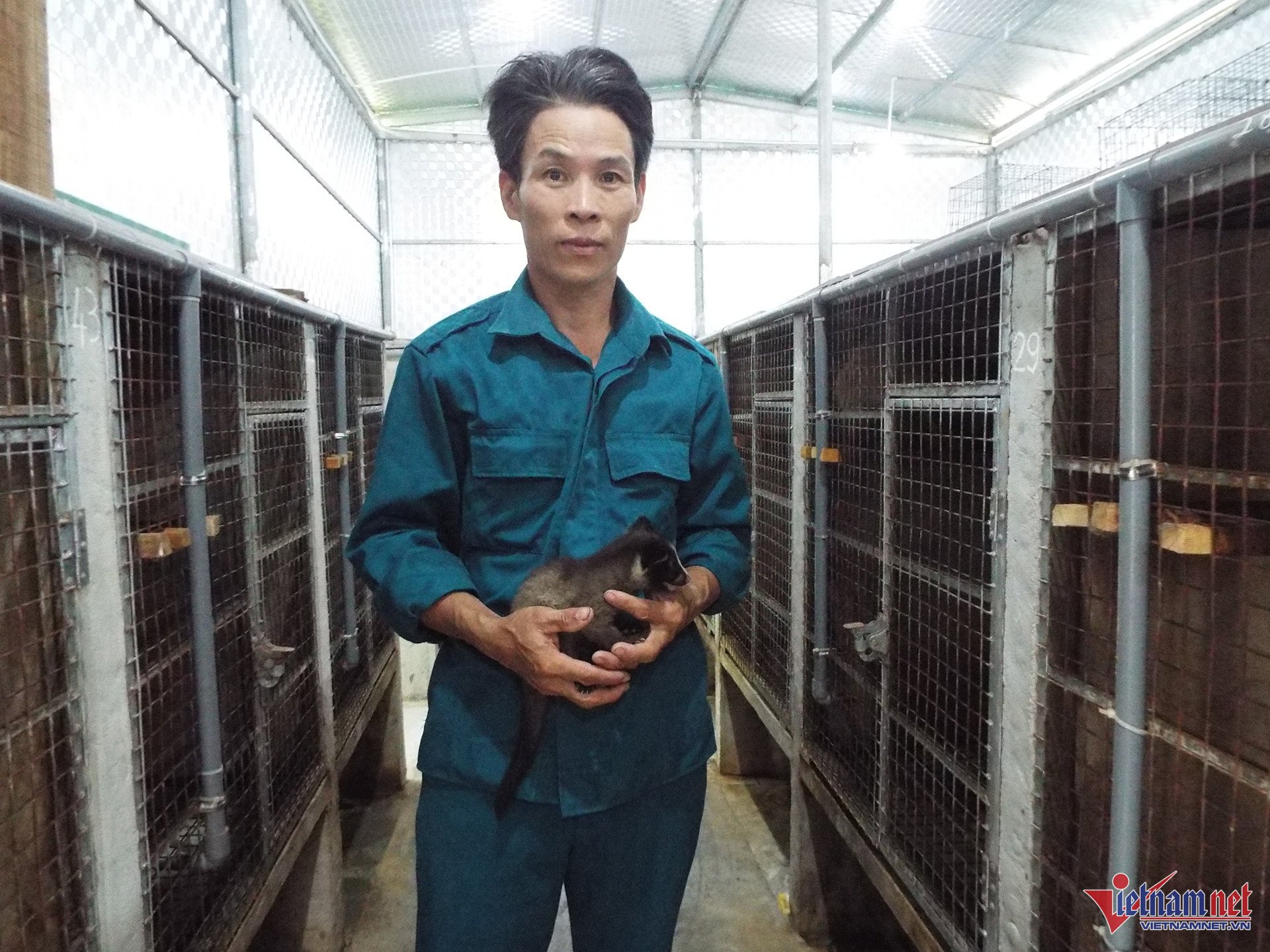
After being granted an operating license by the government, Mr. Binh boldly borrowed more than 1 billion VND to invest in a nearly 500m2 barn and bought the first 50 pairs of breeding mink to raise. Each pair of breeding mink was bought by Mr. Binh for 23 million VND.
“50 pairs of breeding minks cost more than 1 billion VND, so when I first invested, I was extremely worried about the success or failure of the farm. At first, with little experience, the process of raising minks encountered many difficulties. However, thanks to the help from relatives and the gradual application of good breeding techniques, the mink population has grown rapidly in number.
Up to now, we have become a reputable supplier of mink for customers in and outside the province," said Mr. Binh.
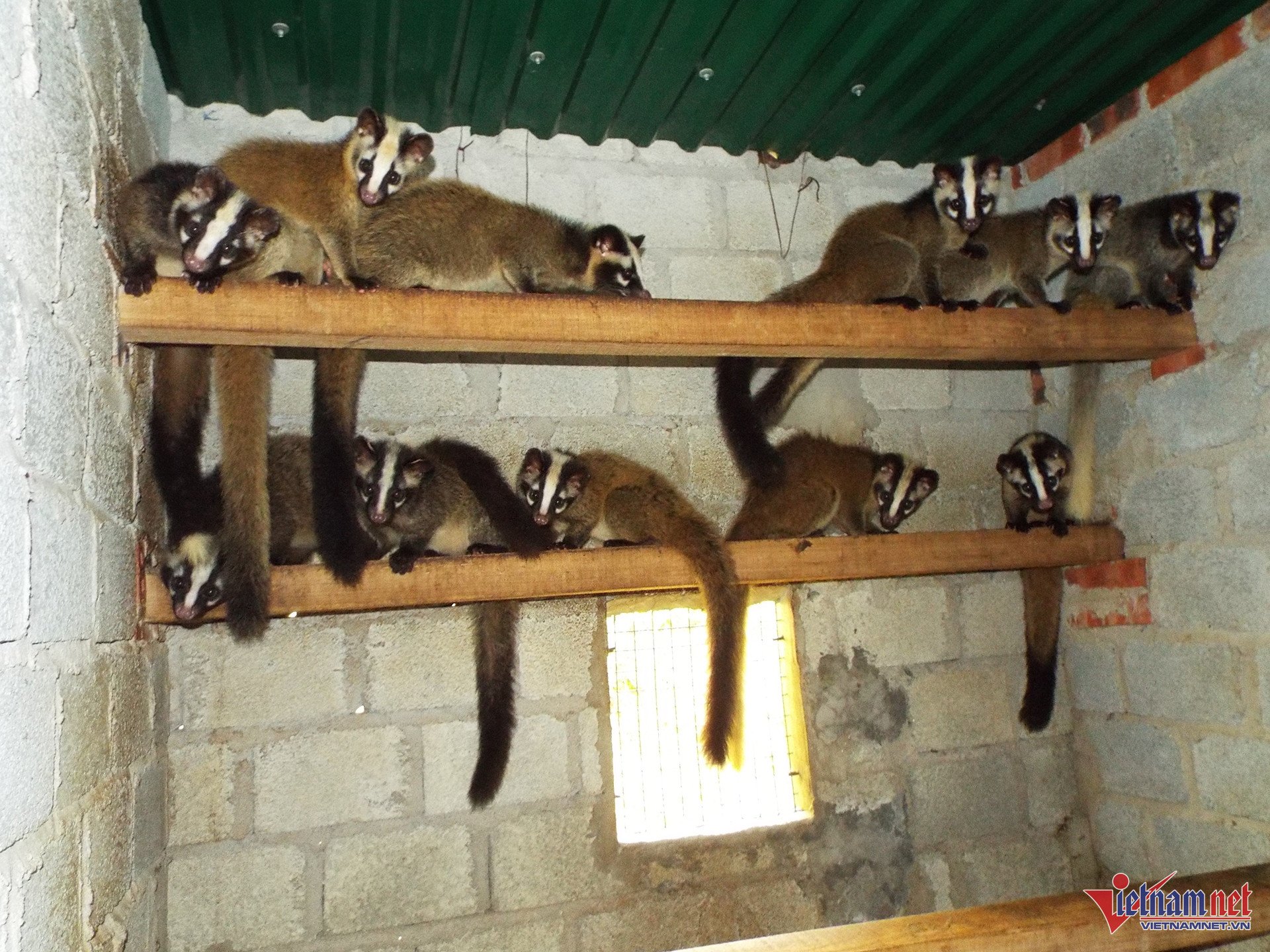
The owner of this mink farm said that during the mink farming process, the cage system must be cool in the summer and warm in the winter.
“The area where mink are raised must be clean. The breeder must understand the characteristics of the species, know the characteristics of each animal to have appropriate care, and avoid getting the mink sick. There is currently no specific medicine on the market to treat this animal,” said Mr. Binh.
To ensure the barn is suitable for the mink herd, he designed the breeding area in the form of iron cages about 70cm high, each cage is about 1.2m2 wide. The iron cages are arranged on a stand 0.5m from the floor to keep the barn ventilated, avoid humidity and make it easy to clean the barn.
The cage is divided into separate areas, an area for raising individuals, an area for raising pairs of minks, etc. Depending on the stage of development, minks will be kept in cages in a ratio of 1-2 or more minks.
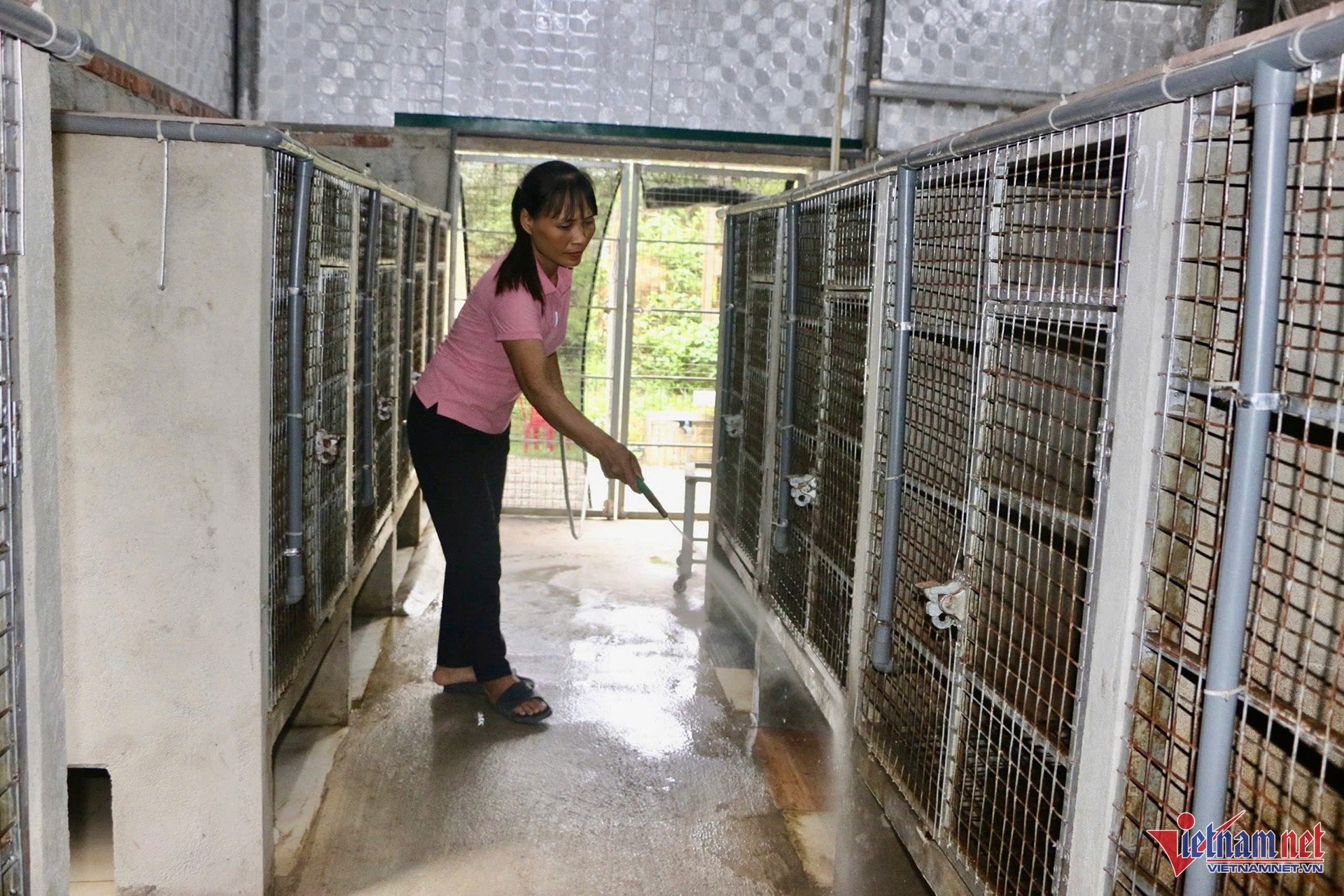
The main food for civets is ripe bananas. In addition, chicken, live fish and organic bran can be added to increase the nutritional content of the civets. The civets are fed twice a day, in the morning and evening.
A female mink has a gestation period of 54-60 days, and will give birth to two litters each year, usually 3-4, with a maximum of 6. At this time, an 8-month-old breeding mink costs an average of 25-27 million VND/pair; mink raised for meat costs more than 1.8 million VND/kg. Mr. Binh focuses on selling breeding mink, not mink meat.
“The cost of raising civets is normal, while the selling price is high and it does not take too much time to care for them, so breeders quickly recover their capital and make high profits in the next batches. Thanks to good care, in 2023, the first batch of civets with 25 pairs was sold, earning more than 600 million VND. Since the beginning of 2024, the family has sold 40 pairs of civets, earning more than 1 billion VND,” Mr. Binh informed.
According to the breeder, the current market demand for breeding mink and mink meat nationwide is very large, and there is always a shortage of goods. From now until the end of the year, if the mink herd develops well and reproduces on schedule, Mr. Binh's family plans to sell about 30 more pairs of breeding mink.
Thanks to following the farming processes, Mr. Binh's family's civet farming model has attracted more and more people to visit and learn from the experience.
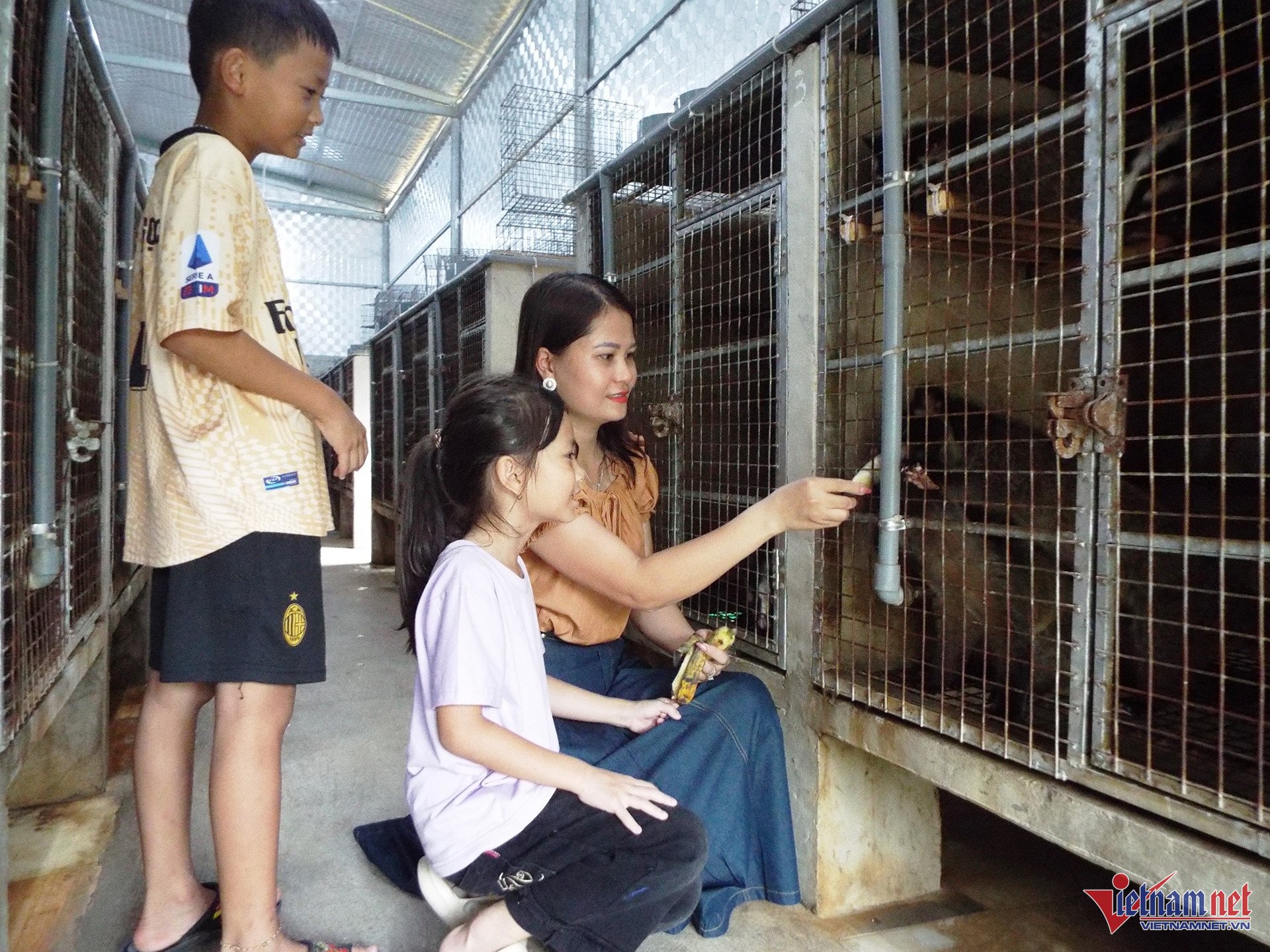
Recently, Mr. Binh has expanded the farm to nearly 1,000 square meters, with a capacity to raise about 200 breeding mink, to meet the increasing market demand as well as increase family income.
According to Mr. Tran Le, Head of the Department of Agriculture and Rural Development of Vu Quang district, this is a large-scale and very promising civet farming model.
Mr. Nguyen Minh Vinh, Secretary of the Duc Giang Commune Party Committee, assessed that this model brings high economic efficiency, contributing to the transformation of crop and livestock structure in the locality.
"We are encouraging people to visit, learn, and gradually conduct experimental farming when conditions permit, in order to contribute to economic development and spread the startup movement in the commune," said Mr. Vinh.








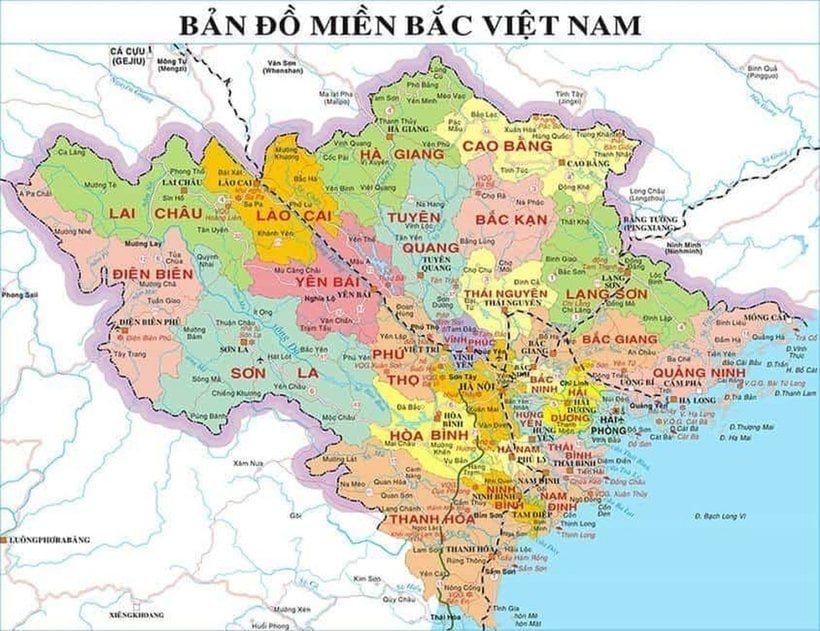


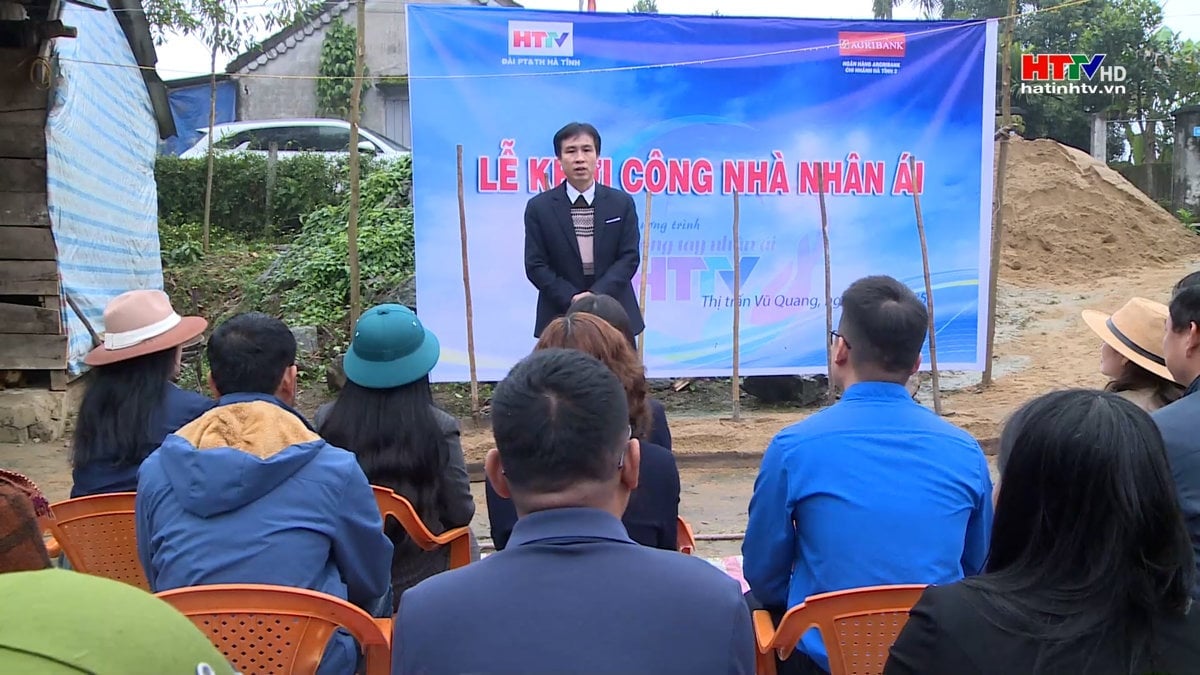


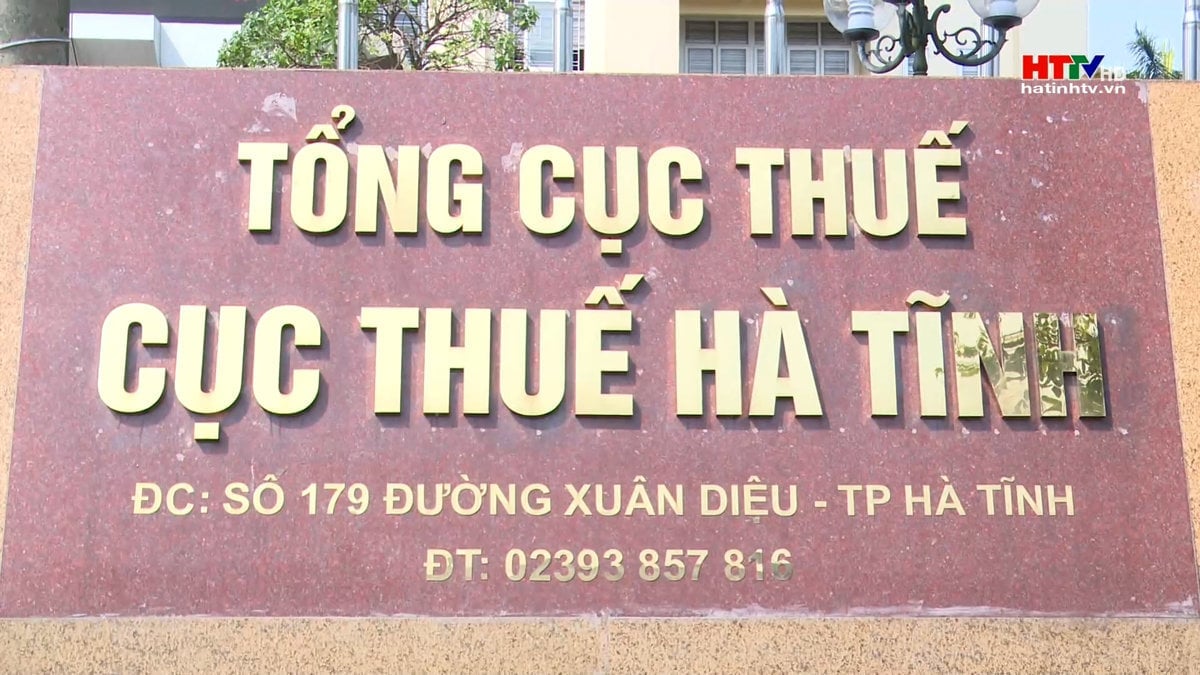








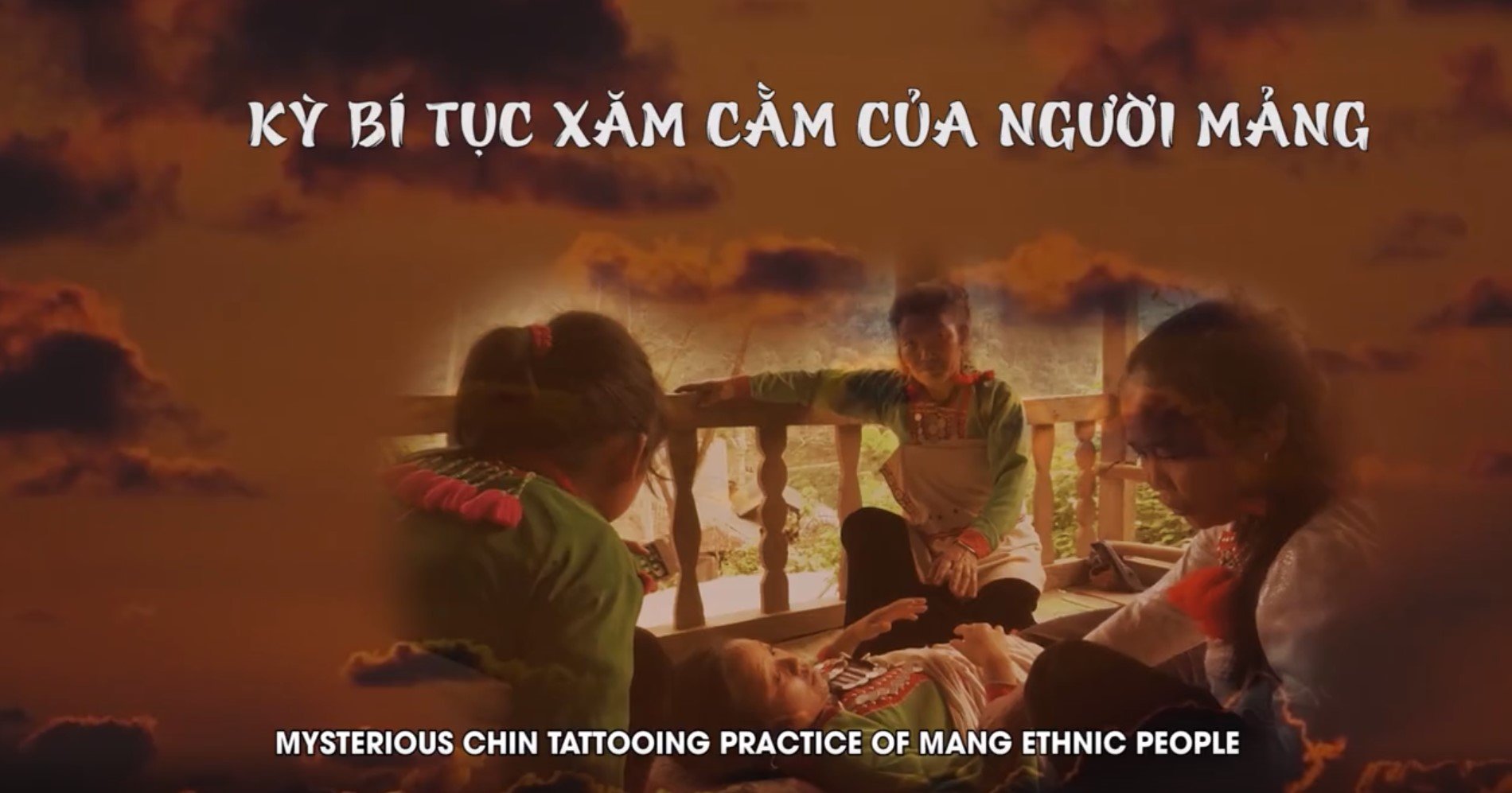
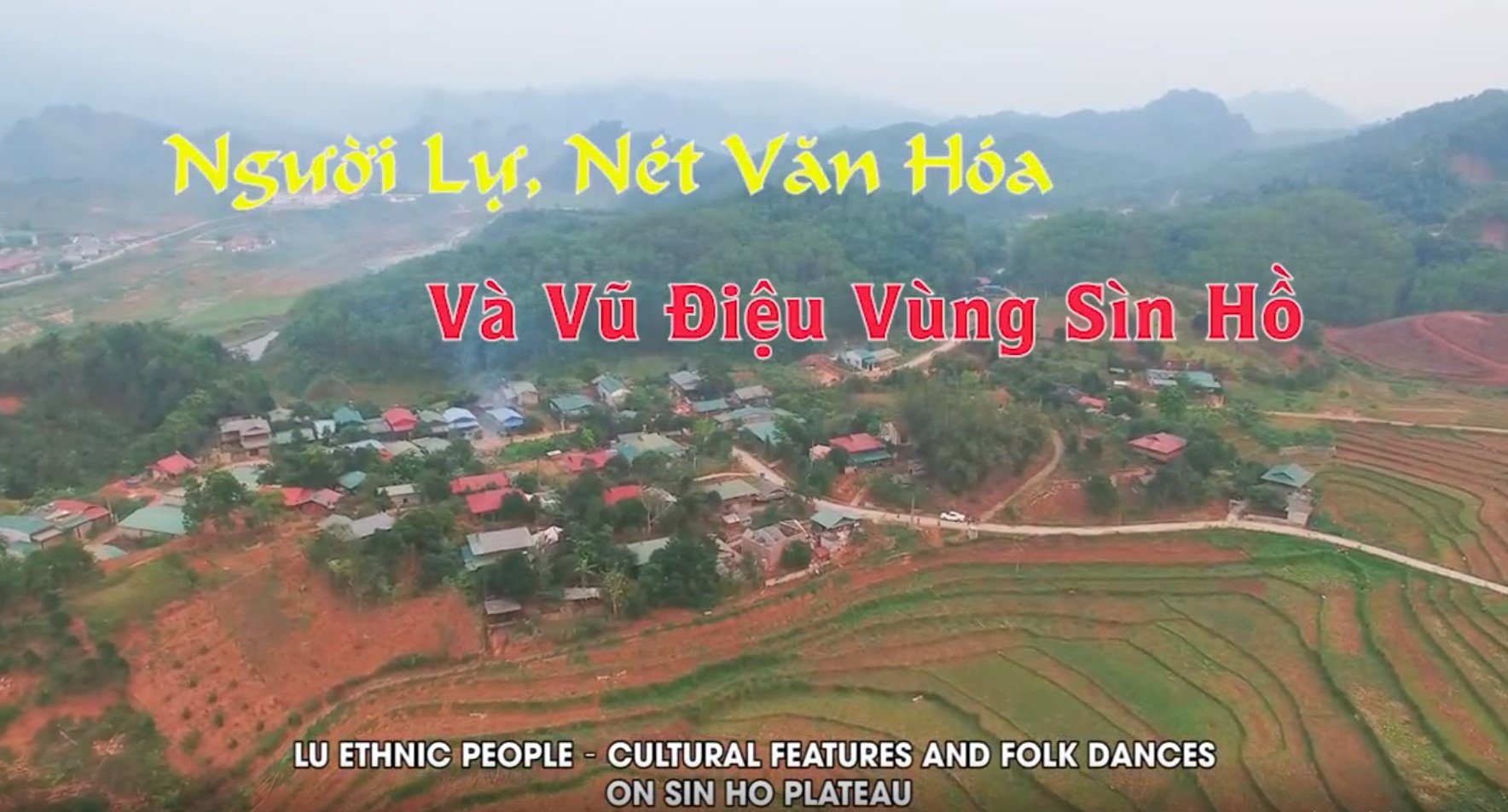


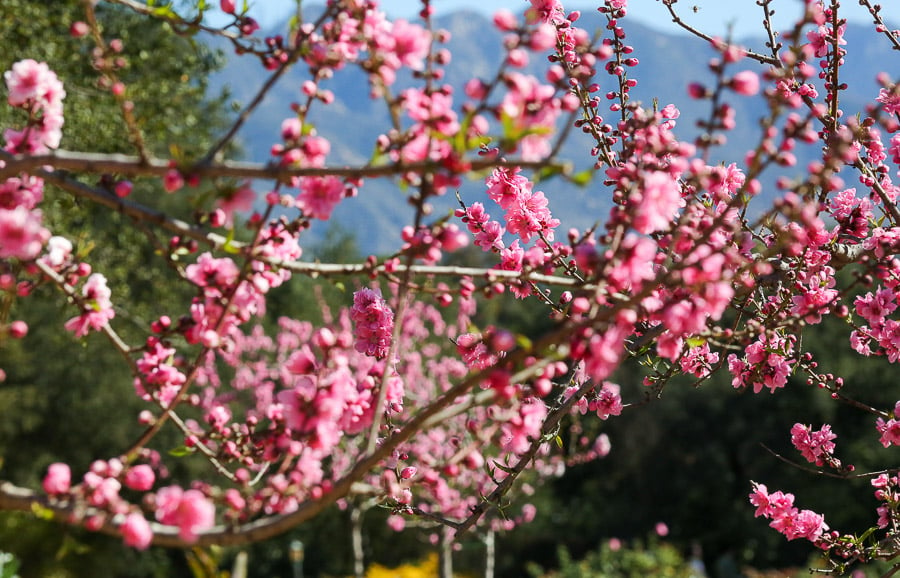








![[Photo] Prime Minister Pham Minh Chinh chairs Government Conference with localities on economic growth](https://vstatic.vietnam.vn/vietnam/resource/IMAGE/2025/2/21/f34583484f2643a2a2b72168a0d64baa)





















































Comment (0)